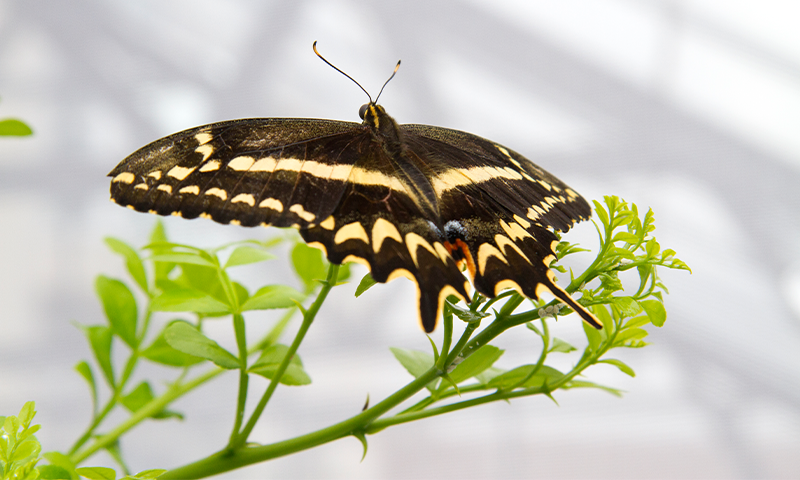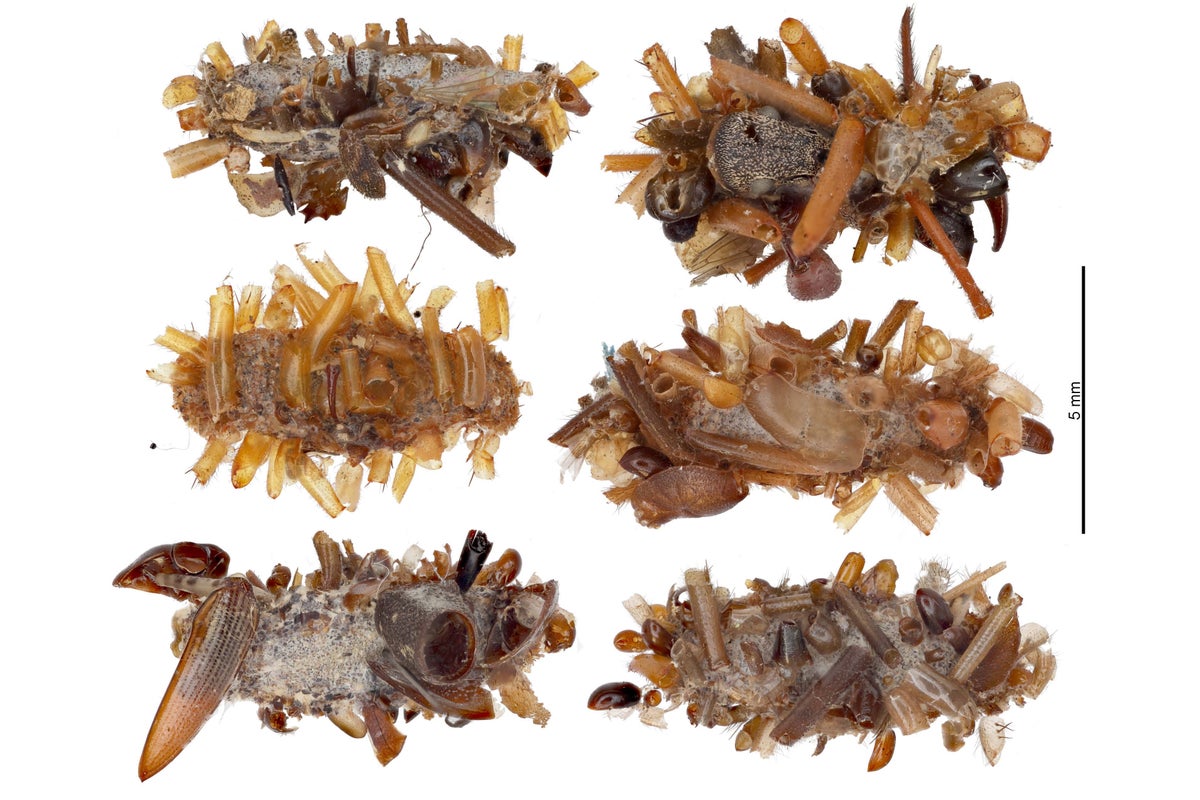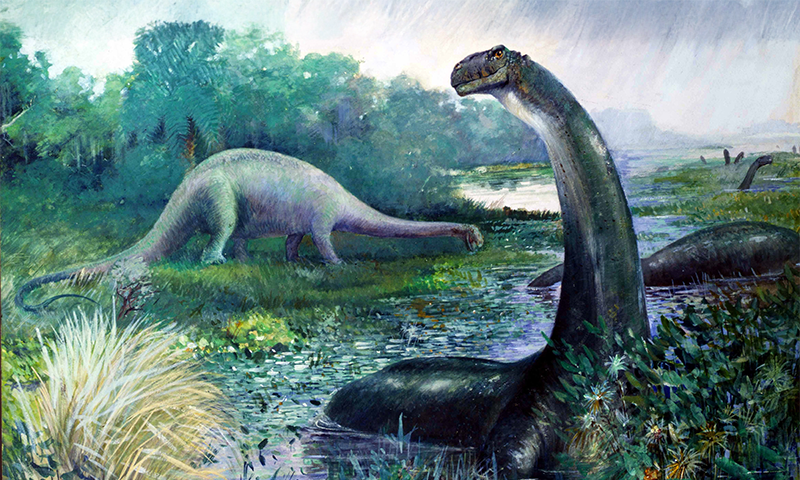Now Reading: Balancing Development and Environmental Conservation
-
01
Balancing Development and Environmental Conservation
Balancing Development and Environmental Conservation

Speedy Summary:
- Hurricane Andrew (1992), Wilma (2005), and Irma (2017) in Florida caused temporary declines but eventual population surges for the endangered Schaus’ swallowtail butterfly.
- The butterfly, native to the Florida Keys, was listed under the U.S. Endangered Species Act in 1976. It primarily inhabits high-elevation hammock forests.
- Population estimates:
– 2007: All-time low of 56 individuals after Hurricane Wilma.
– 2021: Approximately 4,400 butterflies following recovery trends after hurricanes.
- Hurricanes initially kill butterflies and destroy their food sources but also create favorable long-term conditions by opening forest canopy gaps that enable plant regrowth.
- A 36-year dataset suggests hurricanes are natural events influencing population dynamics positively over time despite short-term losses.
Led authors: sarah Steele Cabrera (University of Florida) and independent remarks by Jess Zimmerman (University of Puerto Rico).Source Details: Published originally in bioGraphic; focuses on nature regeneration based on Florida studies.
Indian Opinion Analysis:
This study sheds light on how extreme weather events can act as both destructive forces and long-term enablers for certain ecosystems. For India, where biodiversity is vital yet vulnerable to climate extremes like cyclones, such findings could offer insights into managing conservation efforts more holistically. The interplay between immediate destruction and ecological renewal might be key to species survival in regions like Sundarbans or Western Ghats that endure frequent disturbances yet host fragile habitats.
India could learn from this model by investing more in longitudinal datasets to understand ecosystem responses to natural disruptions rather of focusing solely on prevention strategies against adverse weather events. Recognizing resilience factors within native species might help guide adaptive conservation policies that account for both vulnerabilities and recovery mechanisms over time.




























